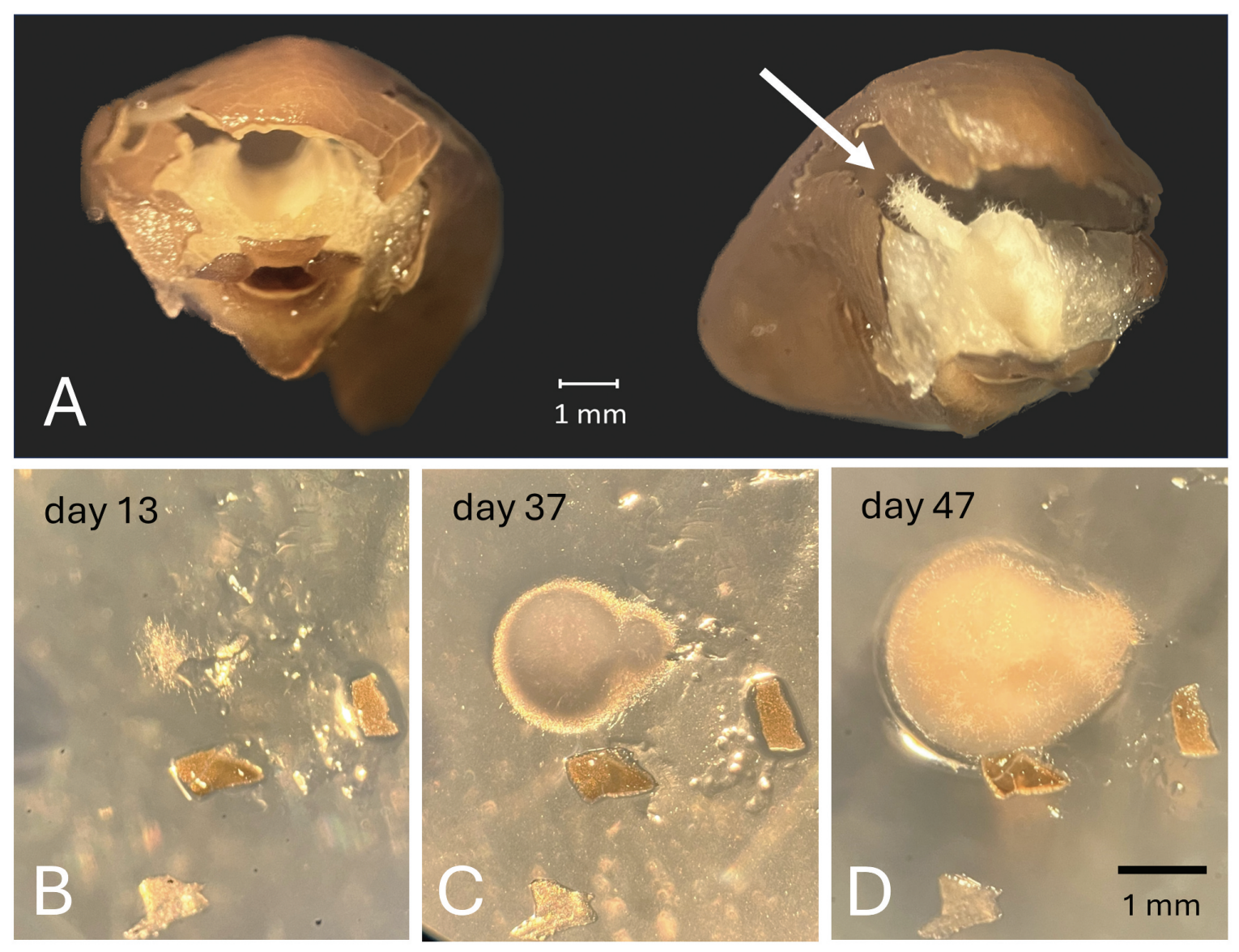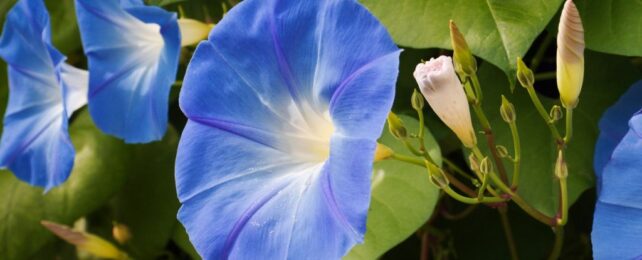An elusive fungus capable of generating quantities of a compound used to synthesize the hallucinogen LSD has finally been discovered on the morning glory vine after decades of searching.
Almost a century ago, the Swiss chemist Albert Hoffman hypothesized the whimsical plant might harbor a species that belongs to a family of ergot-generating fungi.
As the man who discovered and was first to synthesize LSD ( lysergic acid diethylamide) from the ergot alkaloid, Hoffman had been keen to expand our understanding of the biology and chemistry of organisms that produced it.
While biochemical data hinted that a commonly cultivated morning glory from Mexico called Ipomoea tricolor may host just such a fungus, the symbiotic species itself has never been detected.
That is, until Corinne Hazel, an environmental microbiologist from West Virginia University, noticed a telltale layer of fuzz on the outer layer of her Ipomoea tricolor seeds.
She was investigating the way the plants transmit the evasive fungus's ergot alkaloids through their root systems.
This psychedelic byproduct of fungal symbiosis has already been detected in a quarter of the 200 morning glory species sampled from herbarium collections. Biologists had all the evidence they needed to know the fungus was there in this particular plant – except for the fungus itself.
"People have been looking for this fungus for years, and one day, I look in the right place, and there it is," Hazel says.
"We had a ton of plants lying around and they had these tiny little seed coats. We noticed a little bit of fuzz in the seed coat. That was our fungus."

After microscope and genetic analysis, Hazel and her collaborator, botanist Daniel Panaccione, concluded the fungus was new to science, and have named it Periglandula clandestina.
With biochemical analysis of the fungus suggesting it's capable of producing high amounts of the alkaloid, genetic studies might yet reveal insights into its evolution and even ways to steal its secrets for the production of pharmaceuticals.
"Morning glories contain high concentrations of similar lysergic acid derivatives that give them their psychedelic activities," Panaccione says.
"Many things are toxic. But if you administer them in the right dosage or modify them, they can be useful pharmaceuticals. By studying them, we may be able to figure out ways to bypass the side effects. These are big issues for medicine and agriculture."
The research is published in Mycologia.
